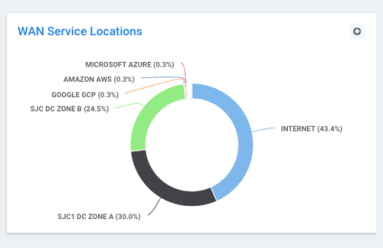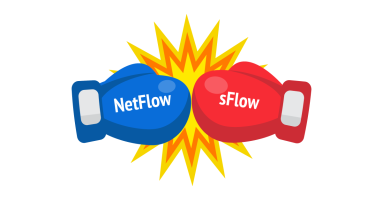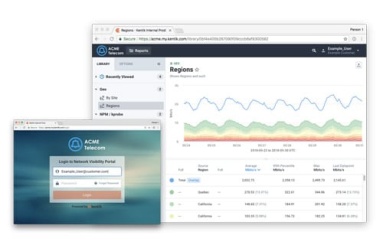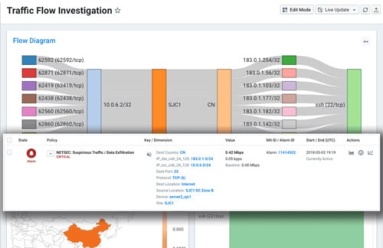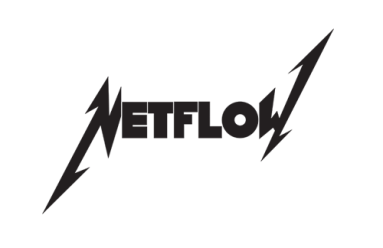Kentik Blog
























To some, moving to the cloud is like a trick. But to others, it’s a real treat. So in the spirit of Halloween, here’s a blog post to break down two of the spookiest (or at least the most common) cloud myths we’ve heard of late.
Real-time network data insights are not only important to the service provider. In this post, we discuss why service providers’ end-customers, who consume those services — subscribers, digital enterprise, hosting customers, etc., also need visibility.
Kentik is growing! Today we marked our permanent landing in Europe. Kentik’s SaaS solution has already been embraced by dozens of organizations across the European continent — and our new presence will support even more organizations who deliver or depend on routed networks and the Internet as an essential part of their operations and business.
Relentless traffic growth and a constant stream of new technologies, e.g. SDN and cloud interconnects, make it harder to understand how services traverse the network between application infrastructure and users or customers. In this post, we discuss how that led Kentik to build our BGP Ultimate Exit to help address traffic visibility challenges.
In this post we look at the difference between NetFlow and sFlow and how network operators can support all of the flow protocols that their networks generate.
Service assurance and incident response are just one side of the network performance coin. What if you could use the same data to provide additional value to customers, and highlight the great service you provide? Today we announced the “My Kentik” portal to do just that. Read the details in this post.
With increased business reliance on internet connectivity, the network world has and will continue to get increasingly complex. In this post, we dig into the key findings from our new “State of Network Management in 2018” report. We also discuss why we’re just in the early stages of how our industry will need to transform.
Managing quality of service and service-level agreement (SLAs) is becoming more complex for service providers. In this post, we look at how and why enterprise cloud services and application usage is driving service providers to rethink service assurance metrics. We also discuss why network-based analytics is critical to satisfying service assurance needs.
VPC Flow Logs Blog Post: The migration of applications from traditional data centers to cloud infrastructure is well underway. In this post, we discuss Kentik’s new product expansion to support Google’s VPC Flow Logs.
NetFlow offers a great way to preserve highly useful traffic analysis and troubleshooting details without needing to perform full packet capture. In this post, we look at how NetFlow monitoring solutions quickly evolved as commercialized product offerings and discuss how cloud and big data improve NetFlow analysis.

